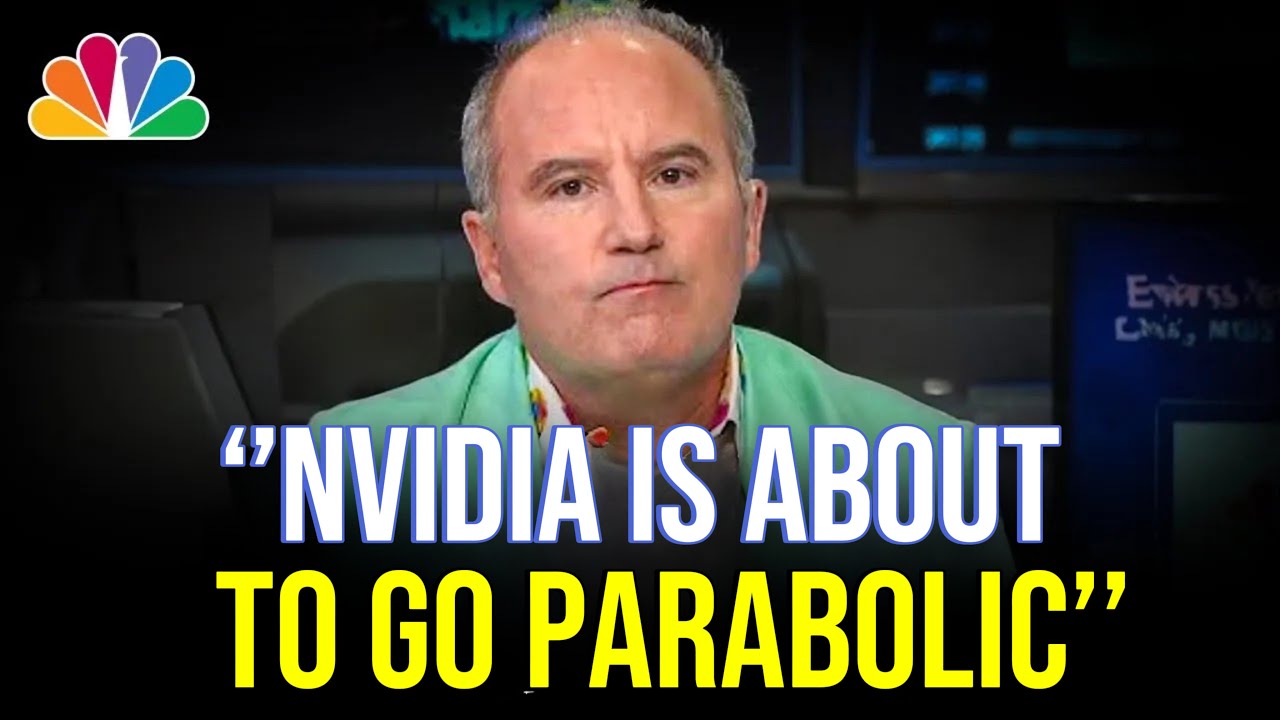The video highlights a bullish outlook on big tech, especially Nvidia, driven by AI sector growth, strategic acquisitions, and increasing AI investments despite regulatory and geopolitical challenges. It also discusses AMD’s strong data center earnings, the evolving AI strategies of companies like Apple, and the potential impact of US-China trade restrictions on the AI market.
The discussion highlights the current bullish sentiment towards big tech companies, especially Nvidia, amid a potential suspension of diffusion rules that could benefit AI and semiconductor sectors. Dan Ives emphasizes that the AI revolution is ongoing, with strong companies consolidating through acquisitions, including private firms, to strengthen their positions. He notes that despite regulatory challenges, the overall outlook remains positive, with companies like Microsoft and IBM expected to grow stronger as they invest heavily in AI and related technologies.
The conversation also touches on Apple’s AI strategy, with comments from Eddie Q suggesting that Apple aims to develop its own AI capabilities and reduce reliance on Google. Dan Ives interprets this as a strategic move by Apple to own more of its AI ecosystem, which he views positively. He believes that Google’s role in AI and search remains significant, and recent market reactions to Apple’s comments were overblown. Overall, Ives remains bullish on big tech, citing exploding use cases, increasing AI spending, and expanding cross-industry applications as indicators of sustained growth.
Further, the focus shifts to AMD’s recent earnings, particularly its data center segment, which saw a 57% year-over-year increase. Ruben Roy discusses the dual nature of AMD’s data center business, comprising general-purpose CPUs and GPUs for AI and data infrastructure. While the CPU side is stable, the GPU segment’s trajectory remains under scrutiny. Despite some concerns, the overall earnings beat and positive outlook from AMD’s leadership suggest a strong position in the AI infrastructure buildout, driven by high capital expenditure from hyperscalers.
The discussion underscores the secular growth of AI infrastructure, with companies like AMD and Nvidia benefiting from increased investments in AI compute. Ruben Roy highlights that despite macroeconomic and geopolitical uncertainties, the demand for AI-related hardware remains robust. He notes that hyperscalers are maintaining or increasing their capital expenditures for AI infrastructure, which bodes well for the industry’s long-term growth. However, he also points out the potential impact of tariffs and trade restrictions, which could influence supply chains and revenue streams.
Finally, Nvidia’s CEO Jensen Huang discusses the geopolitical risks, particularly US-China trade restrictions, which could significantly impact the AI market in China. Huang emphasizes the importance of China as a future AI market and warns that restrictions could lead to substantial revenue and job losses in the US. He advocates for staying agile and supportive of policies that benefit the US economy while acknowledging the current inventory writedowns related to export restrictions. Overall, the conversation paints a picture of a resilient, rapidly growing AI sector, tempered by geopolitical and regulatory challenges.
